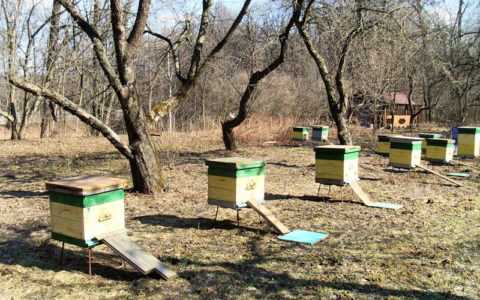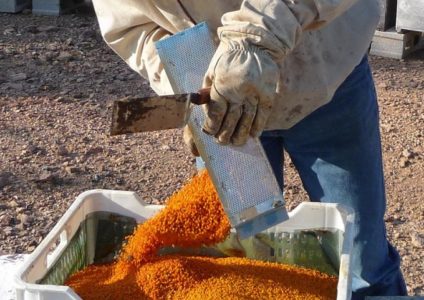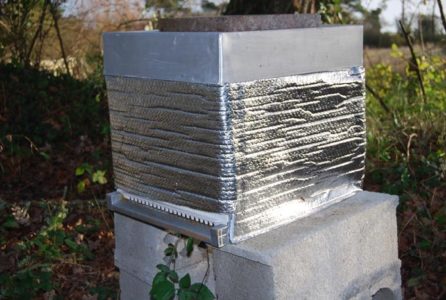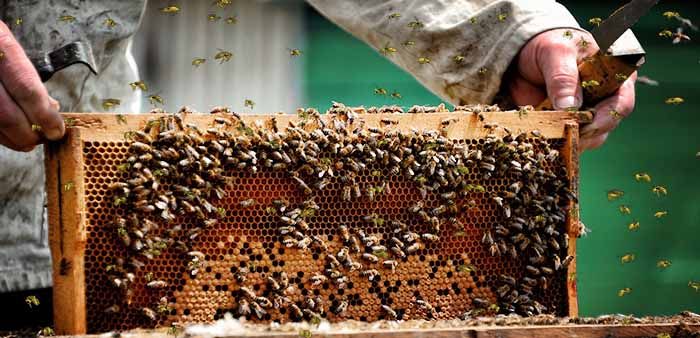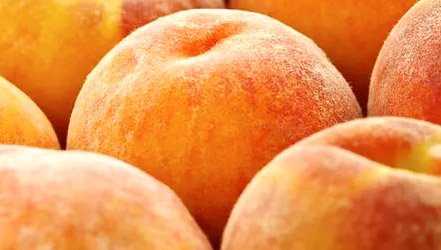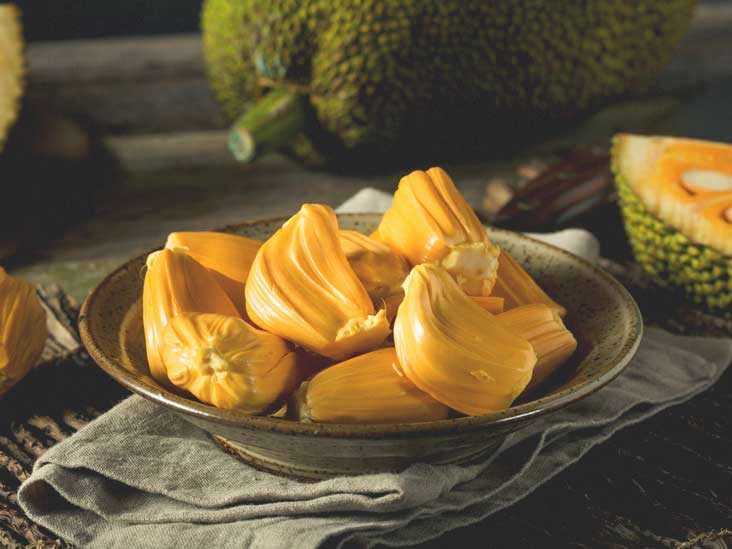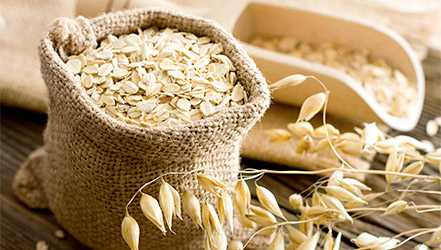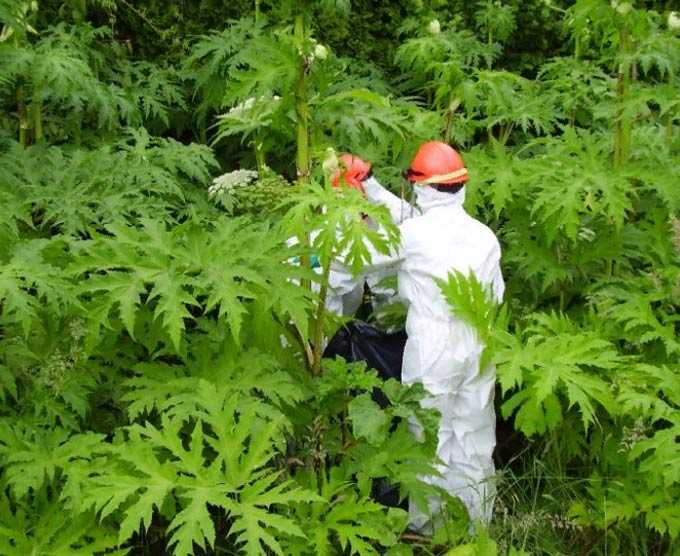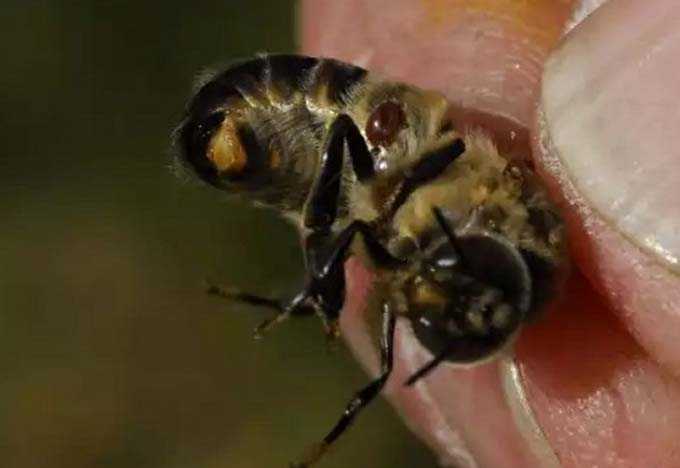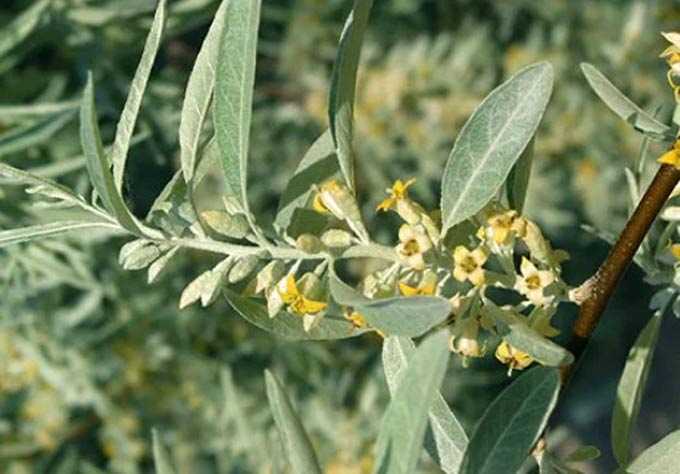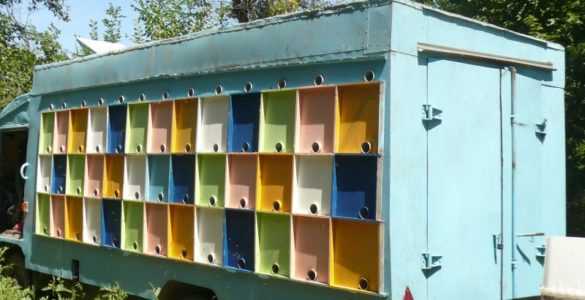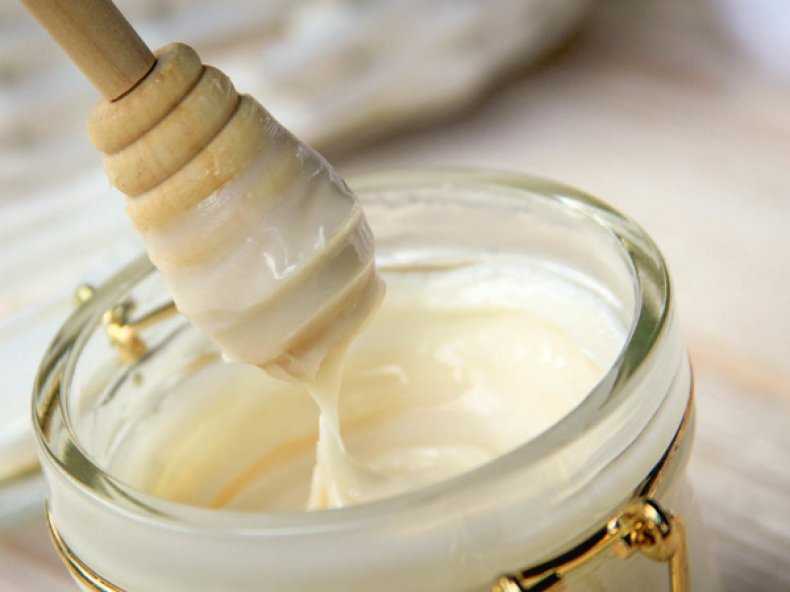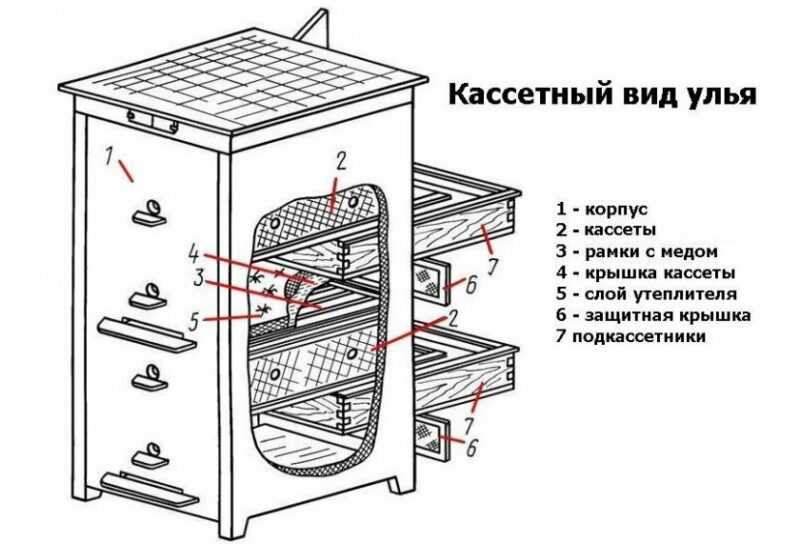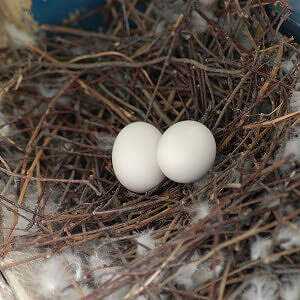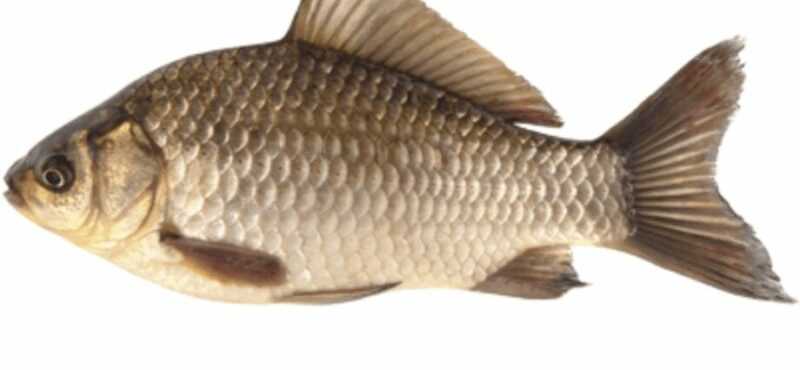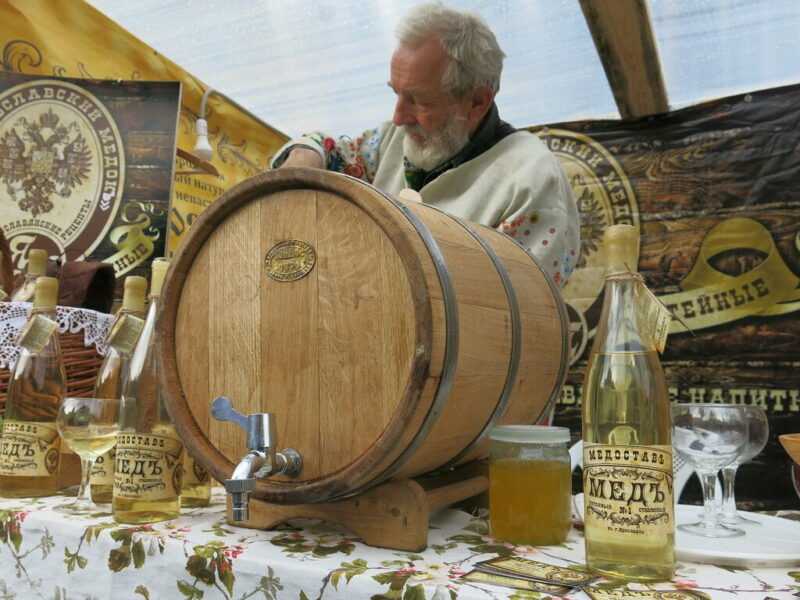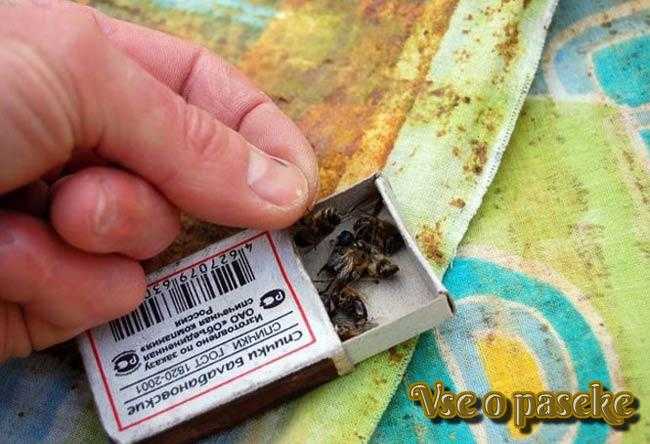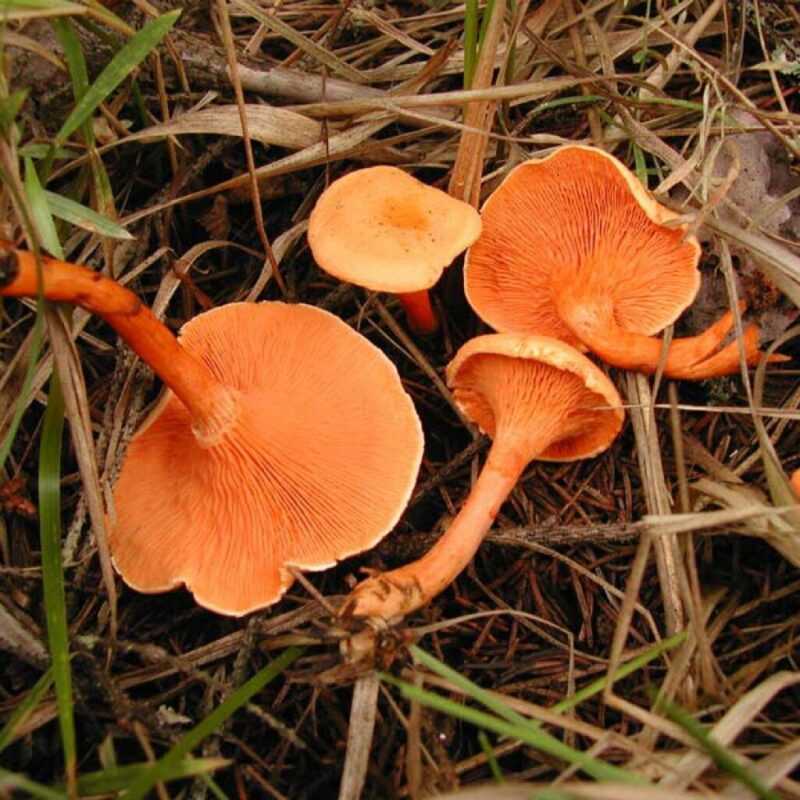In February, revival occurs inside the hives – the cold is approaching the end, the swarms wake up, the queens begin to lay eggs. During winter dormancy, it is usually not necessary to take care of the bees, but in the spring it is necessary to intervene in their life. It is necessary to help the swarm to regain strength after a long winter.
Prepare
By the beginning of March, the beekeeper must make sure that the necessary tools and equipment are available and in working order. It will soon be time to release the insects from the hives, and increased bee care will be required. Do not delay with the first flight – many breeds are not able to endure without cleansing the intestines for more than 5-6 months.
At the same time, it is important not to let the swarm wake up ahead of time. Bees should not leave their homes until the air temperature in sunlit places reaches + 15 ° C, and in the shade – not lower than + 8 ° C. They need care: the winter house should be often ventilated to keep it cool, and the hives in the open air should be shaded.
For reference!
Anxious bees will make noise inside their home louder than usual, signaling that they are too hot, do not have enough food, and need water. If the discomfort is eliminated, they will hold out until warm weather sets in.
Preparing a site in an apiary is one of the main activities for the care of bees in early spring. The necessary space on which the hives stand or will be exposed is cleared of snow, debris (then the earth will warm up faster), covered with hay or straw. The area should be fenced off so that it is well protected from the wind.
Exhibition and fly-over
As soon as warming occurs in March, early April, the bee dwellings are carefully moved from the premises to the prepared site. If the temperature remains low for a long time, the exhibition of hives from the winter house to the greenhouse is allowed so that the bees can fly around and begin to actively increase the number of the swarm.
Before opening the entrances, they are cleaned of bee excrement and debris. By the presence of traces of diarrhea, one can judge about the problems that have arisen during the wintering, and the need to take remedial measures.
For reference!
The first spring flyby of bees is carried out in order to cleanse the intestines of the accumulated feces. It is necessary to monitor how actively and amicably insects leave their homes. Weakened families are already emerging, requiring special control and care.
The beekeeper should note the swarms that are not doing well after wintering:
- having many affected insects (with swollen abdomens, protruding wings, unable to rise) – symptoms of disease, poisoning;
- slowly flying in a small group – the swarm is starving, barely survived the winter;
- chaotically moving along the walls of the dwelling is a sign of the loss of the uterus.
A control examination is carried out in such families in the first days after the flight. They need special care and certain measures to be taken.
Often, bees should not be disturbed in early spring in order to prevent hypothermia of their nests. Therefore, during the inspection, beekeepers try to carry out all the necessary measures to clean the hive and eliminate the consequences of difficult wintering.
Memo on spring bee care for novice beekeepers after setting up hives from the winter house and the first flight:
- Remove empty frames (without honey, bee bread, brood), especially those stained with feces, moldy.
- Remove corpses of insects, debris from the pallets of hives, remove water. The holes are cleaned as many times as they get dirty.
- Estimate the amount of feed remaining.
- Examine families for pests, infections that cause diseases.
- Make sure that the temperature inside the hives does not drop during a cold snap.
In addition, the beekeeper should take good care of the developing swarms during early spring for an effective summer honey harvest.
Feeding rules
During wintering, insects reduce food supplies, and to breed, they need a lot of honey and bee bread. Therefore, caring for bees in an apiary in spring is to provide sufficient nutrition before the flowering of honey plants. Novice beekeepers should know: if there is a shortage of food in the hive, egg-laying will slow down, and worker bees will weaken. Therefore, it is necessary to control the constant availability of feed.
It is best to install several frames with high-quality honey and bee bread after inspecting the hives. In the absence of a product, it is allowed to feed the bees with sugar syrup, sweet protein dough, giving out 1 portion for 3-4 days in order to bother families less often. Insects will also need additional food in bad weather, in the temporary absence of flowering plants in the vicinity of the apiary.
In addition to feeding, caring for bees includes the supply of fresh drinking water. The drinker should be located near the hives, and the liquid should be warmed up. Otherwise, insects will have to collect moisture from reservoirs that are infected.
Treatment rules for various diseases
Strong, healthy bees are usually immune to infections and parasites, and they easily endure wintering. Weaker families need treatment in the spring to treat ticks such as Varroa.
Reproduced pests can be eliminated with suitable medications, but only as a last resort. It is better to deal with them without chemicals – using formic acid, pine flour, decoctions of plants. For microscopic parasites, bees are fed with the addition of drugs.
If the walls and bottom of the hive, frames with honeycombs are heavily contaminated, insects show signs of infection, it is recommended to transplant the family into an empty treated hive, improve its care. The previous dwelling is thoroughly washed and disinfected. When a disease of bees is detected, their corpses are sent for research to a laboratory.
We provide heating
After setting the hives out of the winter house, cleaning the outside houses from snow, they need to be cared for so that they keep warm inside. If the bees spend a lot of energy on heating the dwelling, the spring increase in the number of swarms will slow down, and feed consumption will increase.
Therefore, the beekeepers do not open the lower entrance until the last month of spring, May, comes. The hives are insulated by placing cushions with filler on top and on the sides. To facilitate their care, electric heaters are used that maintain a comfortable temperature. Use cellophane wrap, darkened coasters to keep accumulated solar heat overnight.
How to accelerate the development of families
Taking good care of the bees – warming the hives, replenishing the food supply, killing parasites – most often helps weakened families gain strength in the spring and catch up with the rest. As the number of swarms grows in April and May, the beekeeper should gradually expand their nests, increasing the number of frames, and then – of bodies.
During the spring examination, families are identified in which the uterus has aged, got sick, and died. Their reproduction is slowed down or stopped. In this case, it is necessary to remove the old queen by planting a new one from the nucleus, or mix the bees left without a queen with a full-fledged swarm in order to strengthen it. It is better to use the first method, saving the life of each family.
For reference!
Bee swarms in the apiary by the beginning of honey collection should be approximately the same in strength. The beekeeper’s job is to diligently care for the weaker insects to help them build up more quickly.
Usually, this method is chosen: from the hive where a strong bee colony lives, part of the frames with the brood is taken and installed in the home of the swarm, which needs to be strengthened. The procedure can be carried out several times.
Less often, for the purpose of development, bees are transferred to another hive – they can aggressively perceive the connection, attack their relatives. To avoid this, sugar syrup with the addition of mint tincture is sprayed on all insects.
Caring for bees in spring is to help them get stronger after wintering, to maintain the conditions that are necessary for active reproduction of bee colonies. Healthy strong insects during the summer honey harvest can bring a lot of good quality bribes, significantly replenish honey and bee bread.
